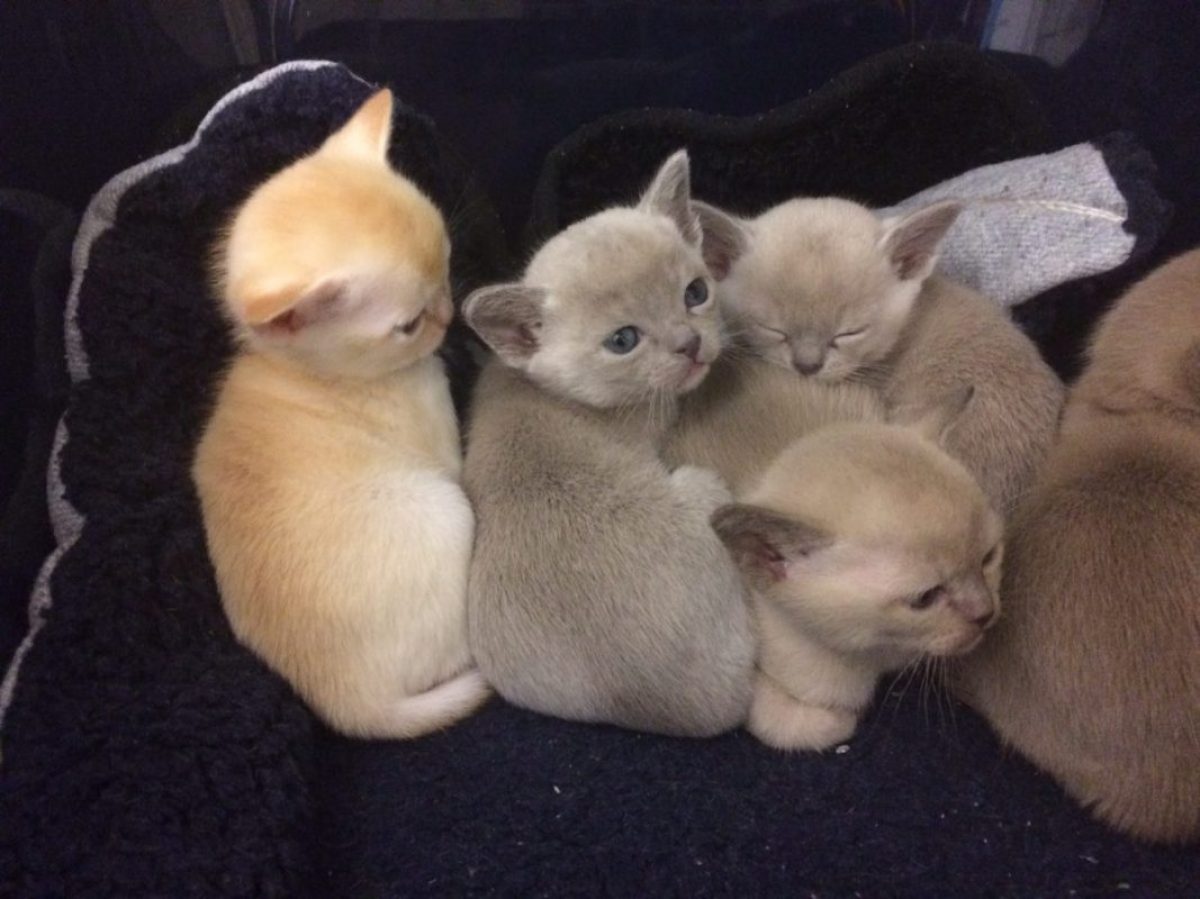
A multitude of state cat registration bodies exist across Australia as well as around the world. Like many organisations, these state bodies will use defined artefacts to execute a range of administrative outcomes such as; missions, constitutions, operating procedures, breeding standards, codes of conduct, and distributions of general information. They do not work in isolation and membership can become a minefield.
Sitting above these state bodies are councils or umbrella entities that focus on standardising rules and making both national and international showing outcomes possible. Within the aforementioned group of state bodies not all are equal. In the context of our Burmese breed, in order to progress to membership it might just be worth your while to undertake some due diligence and shop around. Let’s take a quick look see at what you could come up against.
Although appearing as somewhat traditional, Australian registration bodies presently run two separate standards for Burmese – American Burmese and Burmese. Most overseas bodies have moved to operate under a single breed standard for all Burmese – importantly to counter the high level of inbreeding coefficient calculated to exist within the Burmese breed.
A quick look at breed standards across the international organisations – from the USA, UK, New Zealand, Europe and South African registration bodies will confirm where they stand with respect to a single breed standard. Why is this important when seeking state membership? You won’t know where you stand should you choose to diversify your bloodlines by using overseas origins for potential outcrosses. You may in fact choose unwisely and entirely prohibit options for optimising quality within your breeding program. And you might just experience exactly how shallow the available pool of viable bloodlines is within Australia.
One of the benefits of becoming a member with any state registration body is to stay in touch with peers and contemporary breeding practices. Don’t be afraid to ask your chosen registration body how they might deal with matters leading to significant decisions and whether they invite comment from members on key decisions and intended direction. If membership results in only limited opportunities to influence future direction, there may just be some better options available from within other state bodies.
You might have a look at their operating procedures and determine if they are actually being used or just ‘shelf ware’. Confirm that you can readily obtain access to meeting minutes so as to keep current with what is occurring under general business and what decisions your committee is making now, and has made. Are these to your liking? Transparency is difficult so make sure your chosen registration body is up to the task. And finally, test the water about what capacity exists within your chosen state body to bring to the table. Calibre of committee and knowledge about your breed will be crucial.
Should you ever want to undertake reform to a breed standard or operating procedure as a member, the only means for doing so will be to mount a case for change through your registering body. Your challenge – will be to determine how effective they might be in championing reforms on your behalf. The upside is that capacity and willingness exists to support your case. The downside is that years might pass with no change possible and limited support forthcoming. Unfortunately, working out what your chosen state body is capable of may involve some trial and error. Make sure that what you can settle for what is a good fit for your potential breeding program.

You must be logged in to post a comment.